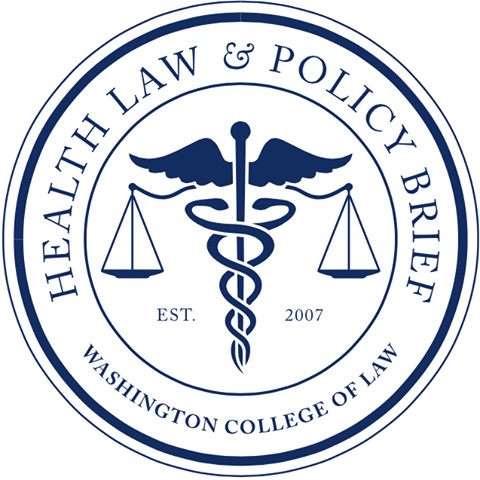Announcing LeapsMag: a magazine created and funded by Bayer, the German pharmaceutical company that is covering Alzheimer’s diagnostics, gene therapy, and CRISPR. Bayer started the magazine with the goal of publishing a variety of stories and opinions – as long as the stories do not criticize Bayer initiatives, such as the Bayer-Monsanto merger. Both Bayer and their editor, Kira Peikoff, assert that the company does not have any editorial influence on the content of the magazine. Peikoff even published a statement of independence on the LeapsMag website. But before publishing the statement, she ran it by Bayer because she was “worried that it might ruffle some feathers.”
How do we ease the problem of pharmaceutical (or any commercial) sponsorship of news stories and publications? When I tweeted this article out, biotech reporter, Alaric DeArment asked, “Would journalists take these kinds of roles if the job market in news was better? My guess is that most company-sponsored publications would be staffed by PR and marketing people and not journalists if it was.” I agree with him. As news consumers, we need to be more cognizant of the price we pay, when we don’t pay for our news or media.
This isn’t the first (or only) instance of cozy relationships between journalism and pharmaceutical companies. Last year, Pfizer sponsored a story in the Boston Globe on a woman’s struggles with Parkinson’s disease, as narrated by her daughter to a scientist working on Parkinson’s research. This story was part of the Boston Globe’s Brand Lab – a section of the Boston Globe enterprise with the specific aim of engaging consumers, encouraging brand loyalty, and communicating a brand’s ideals without using explicit messaging. What the sponsored page fails to mention is that Pfizer has a drug for Parkinson’s in Phase II clinical trials.
In a more scandalous story, STAT News (a subsidiary of the Boston Globe) published an op-ed piece by a physician praising how helpful drug reps are to his practice. When the piece was initially published, readers complained that the physician’s conflicts of interest weren’t disclosed (the physician had received $300,0000 from the drug industry, which is easily searchable on Dollars for Docs). When the physician was interviewed about his disclosures, he admitted to the reporter that he did not write the op-ed piece at all. Instead, the piece was written by a PR firm. The physician was approached by an industry-sponsored group, Alliance for Patient Access, if he wanted to “publish” this op-ed. The physician did say that he “agrees with the spirit of the article” or he “wouldn’t have put his name to it.” After this was revealed, STAT News did retract the article and update their policies on authorship and conflicts of interest in response to this incident.
These three stories are only examples of a pervasive problem of corporate influence in journalism. Health news readers need to be cognizant of the potential conflicts of interest that are present when journalists learn about health news from industry sponsored conferences or when news publications are partially sponsored by healthcare companies. Readers also need to work to support the media so that the news can financially be corporation-free. Although digital subscriptions have been increasing, big traditional news outlets, like the New York Times, have had declining revenue. As people stop paying to support media outlets, these industries become more dependent on ad revenue and commercial support. Another important thing to do is to support organizations that work to expose bias in journalism, like my favorite organization, HealthNewsReview, which reviews news articles and exposes marketing messages in healthcare reporting.
